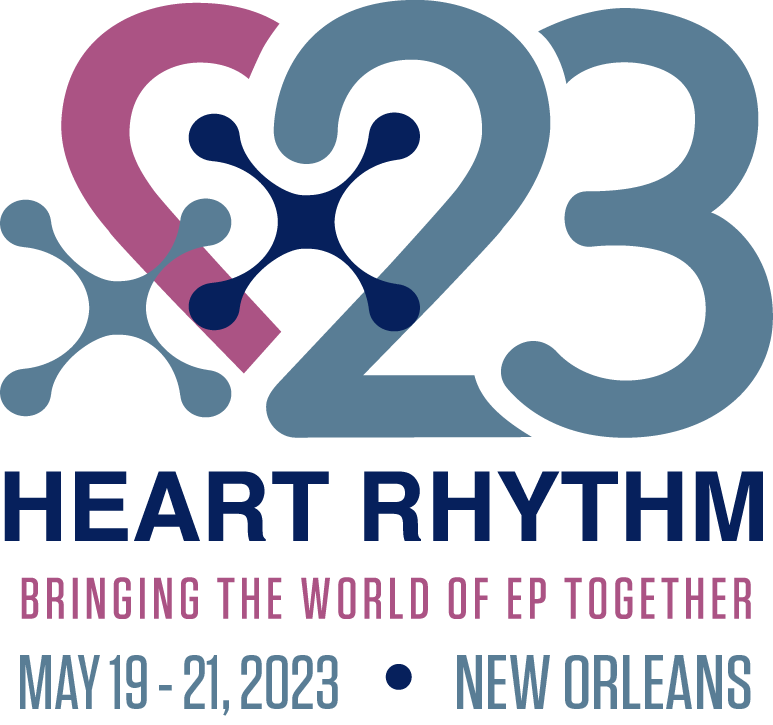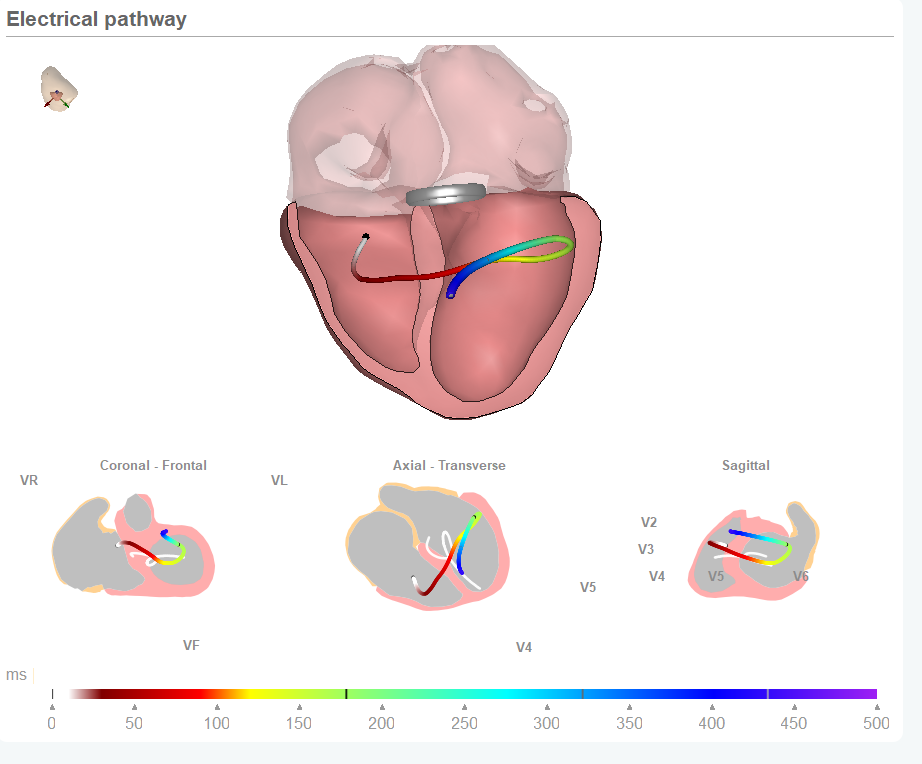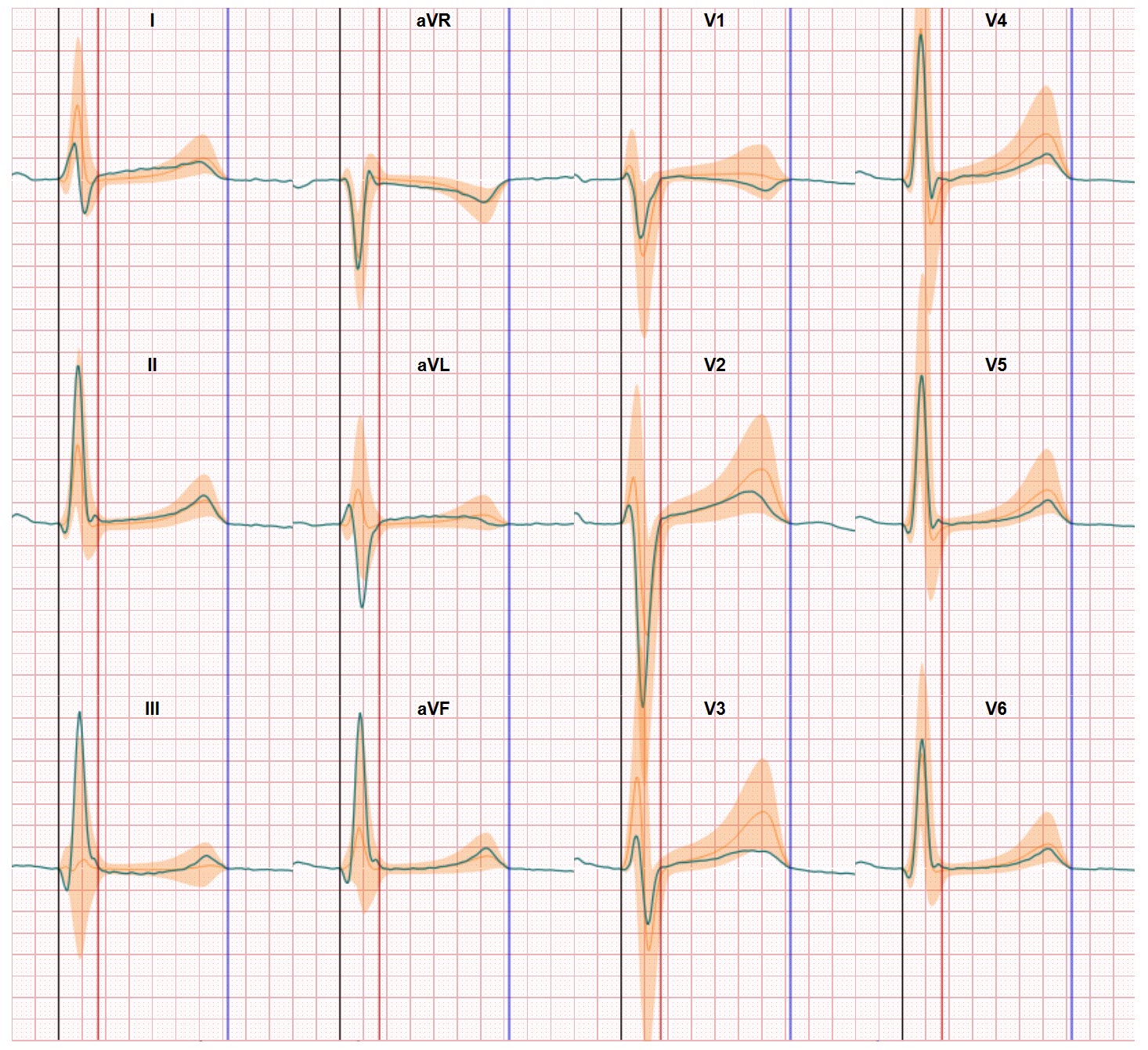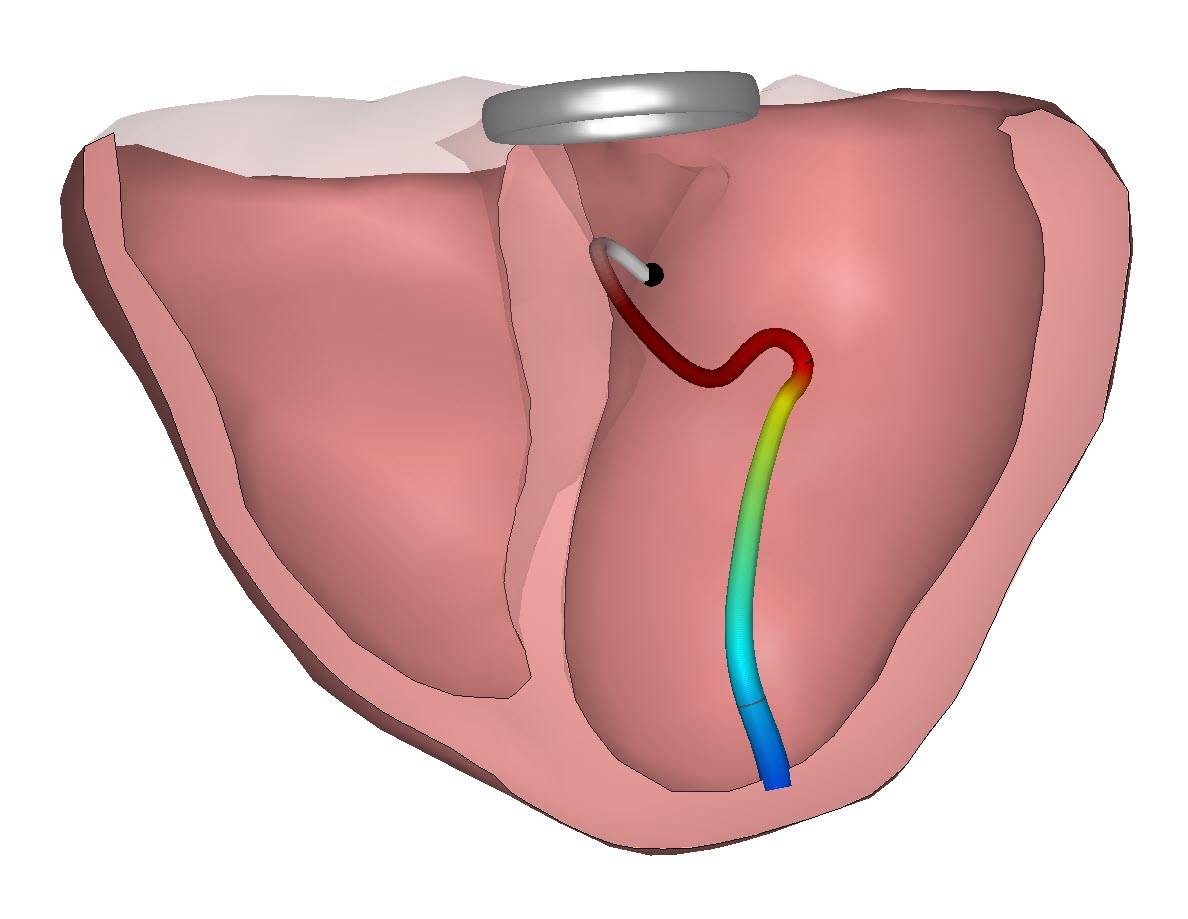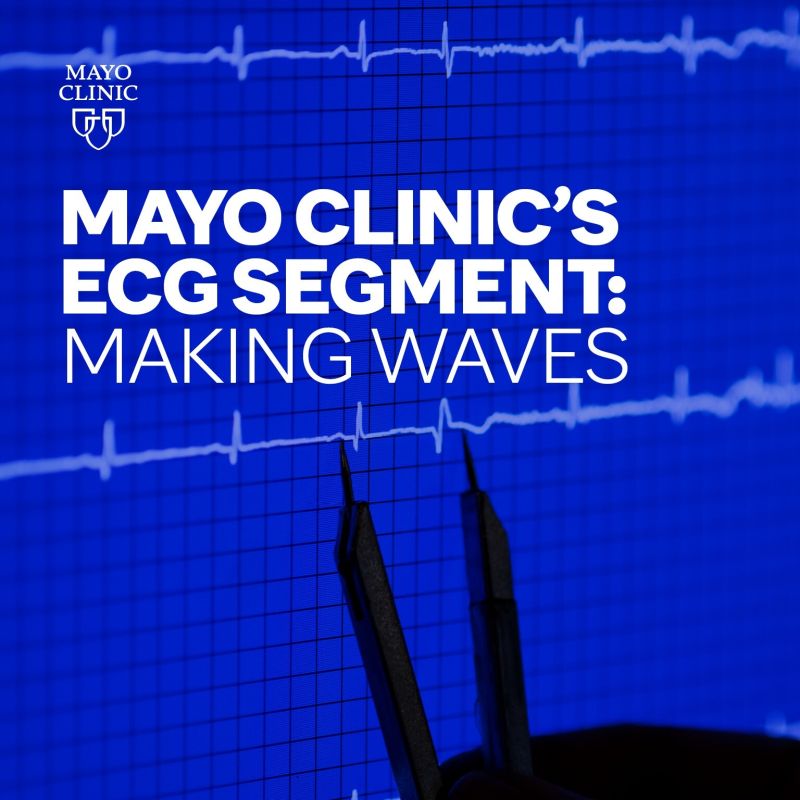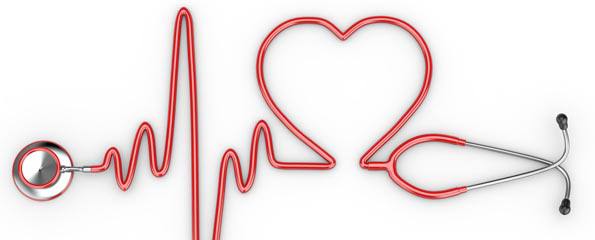Exiting news regarding the use of CineECG in localizing the origin of atrial ectopic activity.
HRS 2023 is a wrap! Over the past 3 days cardiologists from all over the world met in New Orleans to learn and discuss the developments in technology and patient care.
As ECG Excellence we are proud our CineECG technology was part of this innovation festival.
Results of two studies, conducted by our research partners, and supported by our Scientific team, were presented. Today we focus on the results of Ramkumar Venkateswaran and Edward Gerstenfeld, both working in UCSF.
Their study focuses on the issue of localizing the origin of atrial ectopic activity. This is a heart condition in which extra beats are generated next to the normal rhythm. Atrial fibrillation (AF) can be initiated by ectopic beats from several locations in the heart and identifying the location is therefore important in determining the patient risk. But determination of the location from just 12-lead ECG can be (and truly is) challenging. Especially when you have to interpret from standard 12-lead ECG output where the P-wave morphology only is reflected in a low resolution graph.
CineECG applied to improve 12 lead ECG P-wave interpretation
The UCSF team applied CIneECG in their analysis and analysed both the effectiveness of the generic (base version) heart model within CineECG and the effectiveness of using a patient specific heart model (derived from a cardiac MRI image). Since CineECG relates the ECG data to the heart anatomy a new set of analysis options is made available to physicians. And deviations of the electrical path in the Atria show where to look for the origin of the beat differences.

In their conclusion the patient specific model version of CineECG results in a better assessment of the patient atria situation, which is expected. But the best news is that CineECG already delivers an added value result even without adding MRI imaging to the process. Which means CineECG can automatically classify atrial ectopic activity in both the left and right atria despite significant atrial pathology. We are truly pleased with the UCSF team conclusion: CineECG software holds promise for automatically identifying the origin of atrial ectopic activity and classifying atrial arrhythmias and guiding therapy, including catheter ablation, based on standard 12-lead ECG data.
If you want to learn more go to : https://eppro01.ativ.me/src/EventPilot/php/express/web/planner.php?id=HRS23
and search for CineECG
